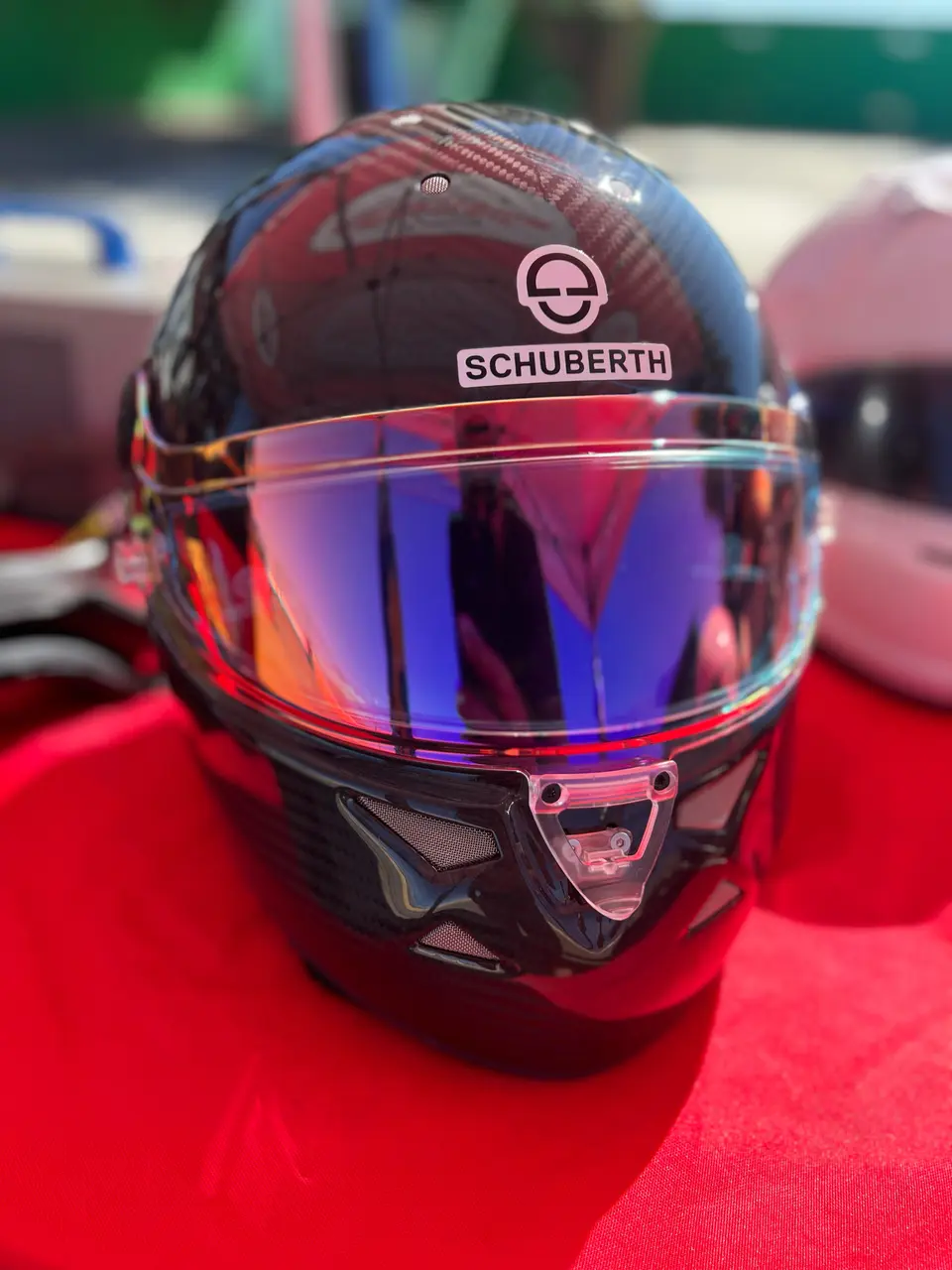Choosing the right helmet is crucial whether you’re hitting the asphalt on two wheels or four. Beyond the basic need for safety, motorcycle and car helmets serve different purposes and are built differently to match the unique demands of each motorsport. In this blog, we’ll dive into the key differences, focusing on aspects like motorcycle helmet safety and auto racing helmet safety, along with the materials used, so you can make an informed decision for your adrenaline pursuits.
Design Philosophy: Built for the Ride vs. the Drive
The fundamental design philosophy behind motorcycle and car helmets is dictated by the divergent requirements of riders and drivers. Motorcycle helmets are designed for visibility and mobility, reflecting the rider’s need to constantly move and check their surroundings. A comprehensive overview by the National Highway Traffic Safety Administration emphasizes the importance of choosing a helmet that offers not only protection but also a good field of vision and comfort over long periods of use. Conversely, car helmets, often used in auto racing, prioritize features such as fire retardancy and the capacity to integrate communication systems within the helmet, a topic detailed in insights from Hooked On Driving, showcasing the high priorities on safety and utility inside a cockpit.
Safety First: Understanding Motorcycle Helmet Safety
Motorcycle helmet safety is centered around protecting riders from a variety of impacts. This encompasses not just direct collisions but also abrasions from sliding across pavement. The design considerations, as explained by the National Highway Traffic Safety Administration, include materials that can withstand forceful impacts and provide a rugged barrier against the asphalt. Guidelines suggest a helmet that’s snug yet comfortable, capable of absorbing energy efficiently while ensuring the rider’s visibility and mobility aren’t compromised.
The Need for Speed: Auto Racing Helmet Safety Features
Auto racing helmets, on the other hand, are built with a different set of risks in mind. One significant feature is their resistance to fire, ensuring a driver’s survival in the unfortunate event of a fire outbreak within the vehicle. Additionally, the integration for neck support devices, as outlined in insights from BikesRepublic, speaks to the intense focus on preventing spinal and neck injuries during high-speed impacts. The evolution of safety features in auto racing helmets showcases a tailored approach to the unique dangers present in car racing environments.
Material Matters: Synthetic Materials and Fire Retardant Qualities
The choice of materials in any racing helmet is critical to its protective abilities. Motorcycle helmets often utilize advanced synthetic materials that offer a balance between weight and durability, providing a shield against both impact and penetration. Car helmets go a step further by incorporating materials such as Nomex, known for its fire retardant qualities, tailored to protect drivers from the additional hazard of fires. The development of these materials reflects ongoing advancements in safety technology, ensuring that helmets can offer better protection without compromising on comfort or performance.
Visibility and Ventilation: A Look Inside the Helmets
Visibility and ventilation are crucial aspects that significantly differentiate motorcycle helmets from car helmets. Motorcycle helmets are designed with larger visors to enhance the rider’s field of view and numerous ventilation ports to ensure airflow, a necessary feature to prevent fogging and maintain comfort during rides. This detailed choice-right motorcycle helmet guidance from the NHTSA highlights the importance of visibility and comfort, essential for the dynamic environment riders face. Car helmets, while still requiring a degree of ventilation, often focus less on these features due to the controlled environment inside a racing vehicle where external climate control systems can manage temperature and airflow.
Certifications and Standards: What to Look For
Both motorcycle and car helmets are subject to rigorous testing standards and certifications, a measure of their effectiveness in protecting the wearer. Motorcycle helmets typically bear the DOT mark, signaling compliance with the Department of Transportation’s standards. As discussed in the NHTSA’s advice on choosing the right motorcycle helmet, this certification is crucial for ensuring the helmet’s safety. Car helmets, especially those used in professional settings, often meet Snell standards, which include specialized tests such as fire resistance. This differentiation in standards underscores the different priorities in helmet design, dictated by the varying needs of motorcycle versus auto racing safety.
Customizations and Comfort: Fitting Your Head, Fitting Your Style
Customization plays a significant role in the selection of both motorcycle and car helmets, allowing for adjustments that can enhance comfort, fit, and even style. Motorcyclists, in particular, benefit from a range of options like removable liners and adjustable vents, ensuring the helmet is as comfortable as it is safe. This focus on user comfort and personalization is highlighted in the comprehensive helmet fitting guide by the NHTSA, emphasizing the importance of a snug, perfect fit. Similarly, car helmets offer options for customization with padding adjustments and communication systems, accommodating the specific needs of drivers in high-octane environments.

